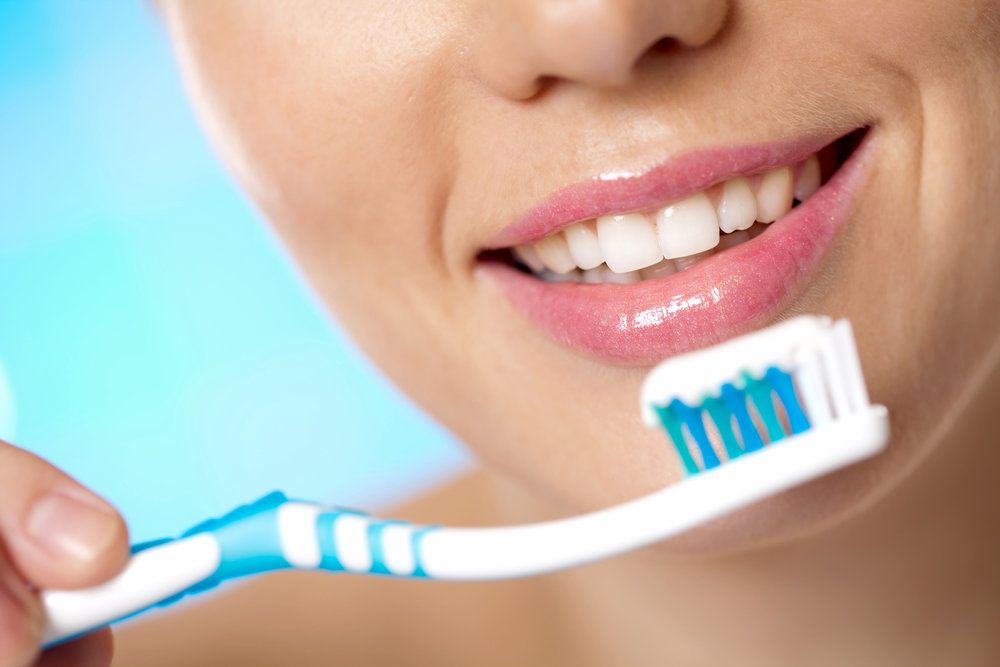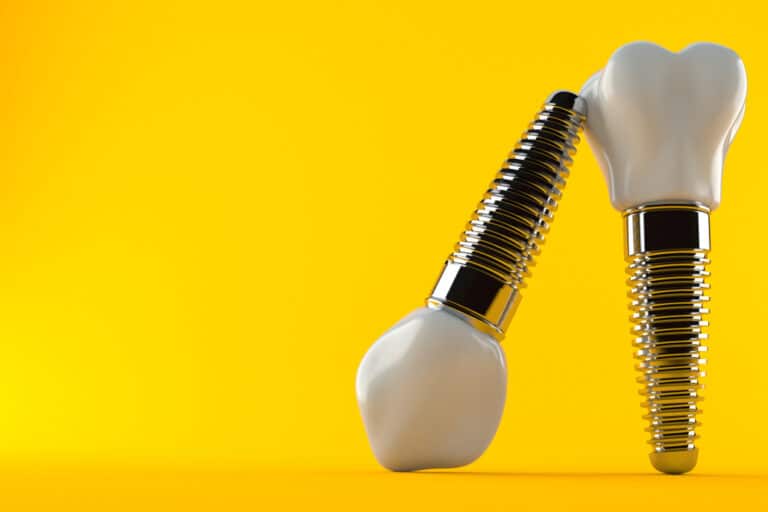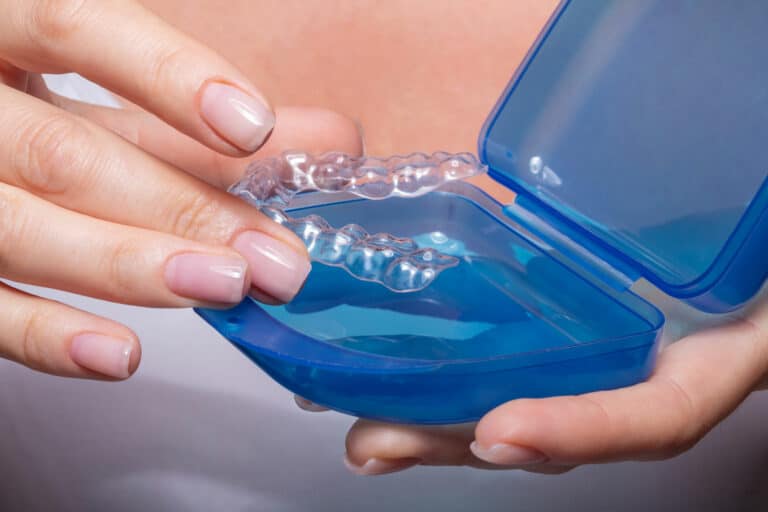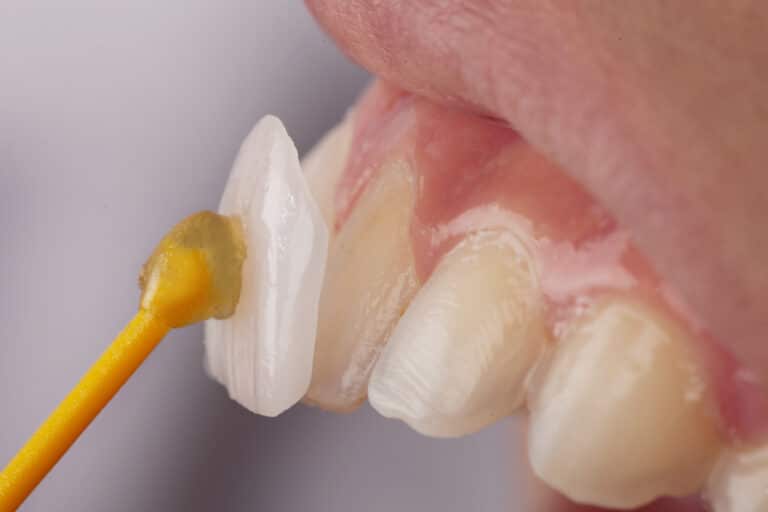To continue moving forward, we must have a thorough understanding of the past. To develop new and innovative toothpastes, we must understand the history of toothpaste. At our Queens, NY general dentistry practice, our team can answer any questions you may have about the toothpastes we use in our office. We can also recommend the right toothpaste for your use at home to keep your teeth clean and healthy.
Toothpaste’s Ancient Origins
Surprisingly, the use of toothpaste goes back even farther than the use of toothbrushes. While evidence of the use of toothbrushes dates back to around 3000 BC, evidence of the use of toothpaste dates back to nearly 5000 BC. The Egyptians used a combination of rock salt, mint, iris, and pepper to clean the teeth. While this particular formula has been shown to cause bleeding gums, it was one of the more effective toothpastes in the ancient world.
The ancient Romans and Greeks also used some form of toothpaste that contained oyster shells and crushed bones. The Romans also added charcoal and bark, in addition to flavors to mask the taste. In China and India, people first began using toothpastes around 500 BC. Over time, Chinese toothpastes have included mints, salts, and even ginseng.
1700s to 1800s
In the late 1700s, people began using bits of burnt bread to clean their teeth. In the early 1800s, soap was added as a cleaning agent and to reduce bacteria. Before the 1850s, most toothpaste came in the form of powder. A jarred toothpaste was eventually developed in the 1850s. By 1873, Colgate had begun to mass-produce jarred toothpastes. The first tubed toothpaste was introduced in the 1890s.
1900s
In 1914, fluoride was added to commercial toothpastes after it was found to reduce cavities. Compared with previous toothpastes, these options still contained abrasive materials, but on a reduced scale compared to the 1700s and 1800s. In 1975, fluoride-free toothpastes were developed as an alternative, and contained natural ingredients like peppermint oil.
Edible toothpaste was developed in 1987 by NASA to allow astronauts to brush their teeth without spitting. It became widely used by the public so that children just learning how to brush their teeth could do so safely. Just two years later, Rembrandt developed the first whitening toothpaste.
Toothpaste Today
Today, consumers have a wide variety of different options to choose from. Toothpastes may or may not contain fluoride, artificial colors and sweeteners, and they typically come in a variety of different flavors. Whitening toothpastes have grown in popularity as we have become more concerned with the aesthetics of our smiles. Patients can also find specific toothpastes geared toward those with sensitivity and other conditions. Toothpastes also contain ingredients that help them remain in the form of a smooth paste, rather than a powder or other material.
Learn More about Choosing the Right Toothpaste
If you find the numerous toothpaste options overwhelming, talk with one of our dentists about the types of toothpastes that are right for you. Based on your oral health and cosmetic goals, they can help you find the best toothpaste for your teeth. Contact us today to schedule an appointment.




